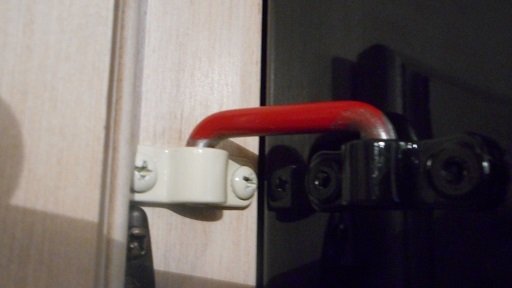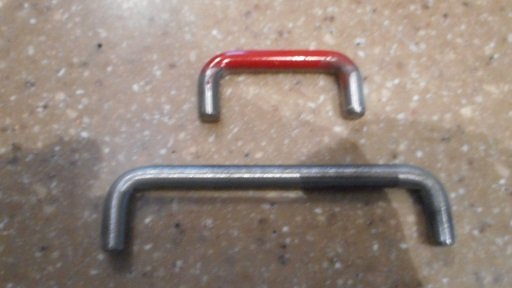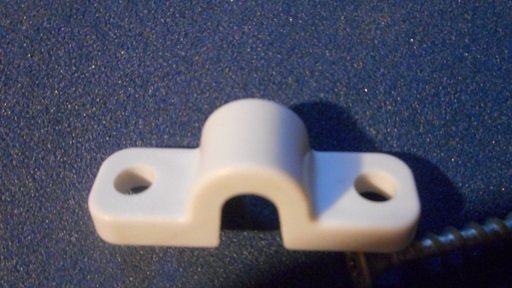Back2PA
Well-known member
- Joined
- Jul 26, 2015
- Posts
- 5,766
In this post I related problems a friend is having with his fridge - it has since been determined the fridge is dead. They never dry camp and so have decided that a residential fridge is the way to go. I told him he can just use the old power receptacle unless he finds the fridge not staying cold enough on long drives, at which point he can look into a small inverter.
Question, for those that have replaced a Norcold 1200, which residential did you choose and are you happy with it? He'd like the largest fridge that will fit, but has a furnace below so it has to fit in the hole
Other questions: how did you secure it, trim it out, and keep the doors shut during travel? Any other tips?
Thanks
Question, for those that have replaced a Norcold 1200, which residential did you choose and are you happy with it? He'd like the largest fridge that will fit, but has a furnace below so it has to fit in the hole
Other questions: how did you secure it, trim it out, and keep the doors shut during travel? Any other tips?
Thanks



